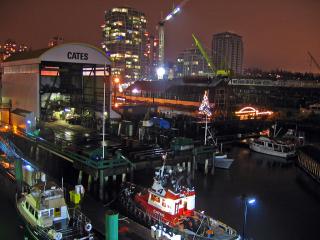For a country using 83% coal to power an economy that produces 25.9 tonnes of carbon dioxide equivalent per person, Australia’s Innamincka desert could prove a blessing. This is not because of the sunshine hitting it, but because of the way geothermal energy has suffused the granite under it.
Initial tests have found that the granite is at approximately 250˚C, meaning that each cubic kilometre can yield as much energy as 40 million barrels of oil. If it proves viable to use this heat to boil water and drive turbines, the share of Australian power derived from renewables could increase considerably. According to Emeritus Professor John Veevers of Macquarie University’s Department of Earth and Planetary Sciences, the rocks could “supply, without emissions, the baseload electrical power at current levels of all consumers in Australia for 70 years.”
Naturally, it is not sufficient to just have hot stones within a drillable distance. It will have to be economical to construct the power generation equipment. There will be a need for water to use as a heat carrier. Finally, it will be necessary to build transmission capacity to link new facilities with Australian cities.
In a sense, a geological formation like this is like the oil sands in reverse. Both exist in large countries with economies that depend to a considerable degree on primary commodities. Likewise, both exist in states with shockingly high per-capita greenhouse gas emissions. There are questions about commercial viability and water usage of both projects, but the broader issue with Innamincka is how many megatonnes of carbon dioxide can be kept out of the atmosphere, rather than how much will be produced through a bituminous bonanza.






